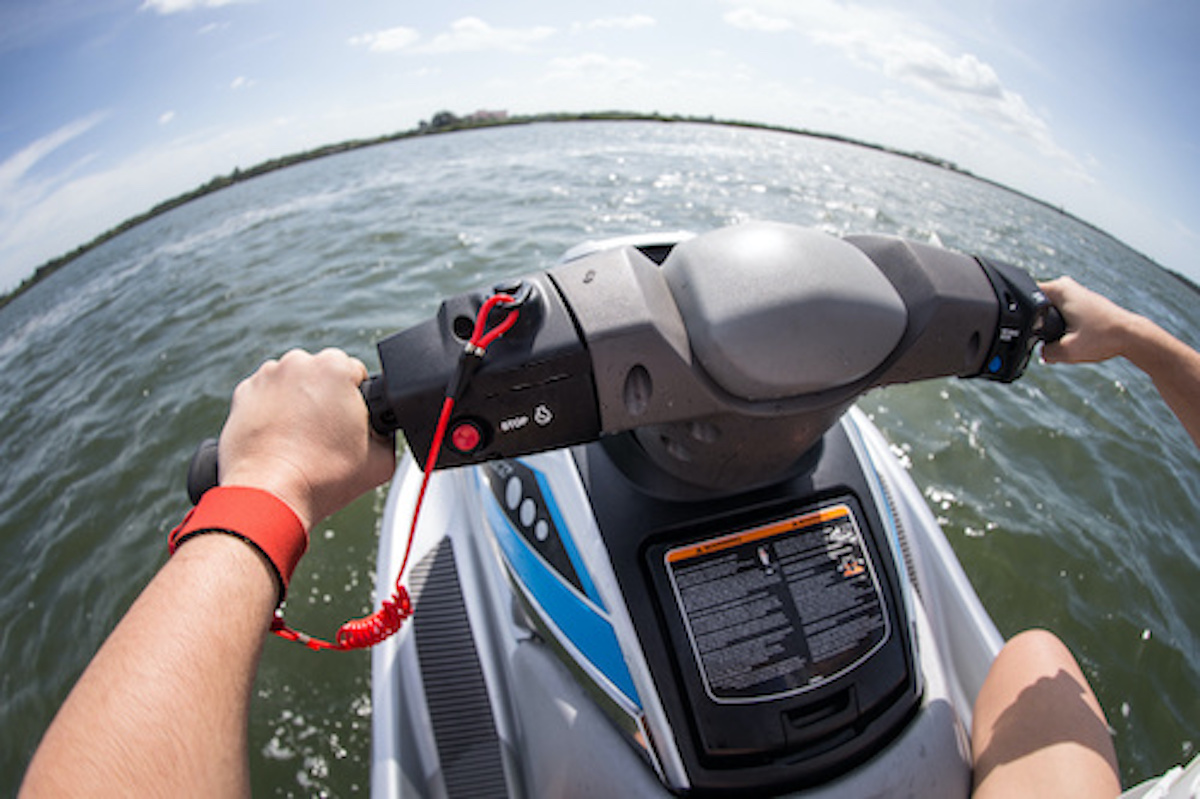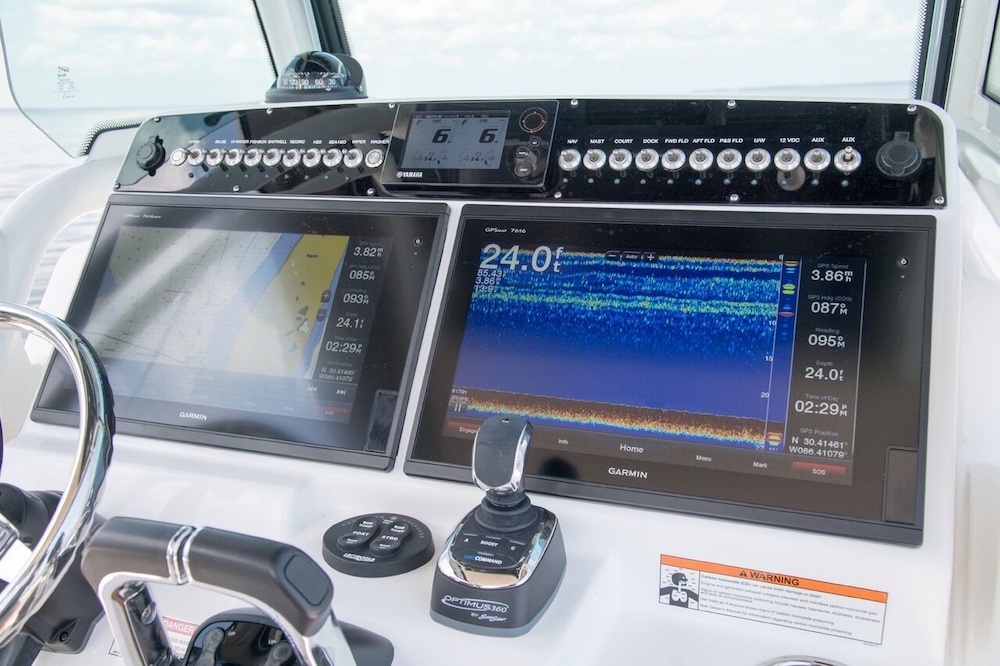Big or small, basic or souped up, there is one thing every boat needs. Maintenance. Fortunately, routine maintenance and even small repairs aren’t that tough. And in the long run, a little elbow grease will definitely pay off.
The first and simplest task is to wash your boat regularly. And if you boat in saltwater, rinse your boat thoroughly with fresh water after every outing to remove salt residue.
A long-handled boat brush or a spray wand make the job pretty easy, you can find it at your local marine retail store. To protect your boat’s finish, be sure to use soaps and cleaners made just for boats.
If you’re tempted to let this chore slide consider this fact: a boat with a clean hull bottom is more fuel-efficient than a hull that’s covered with algae or other aquatic scum. A dirty hall can easily add up to 30% of fuel cost.
Just like cars, boats need to have their oil changed. Four-stroke outboards, inboards and stern drive boats require regular oil changes. The frequency will vary by model, but a good rule of thumb is to change the oil every 100 hours of operation or at least once a year.
Unfortunately, there aren’t any quickie oil change shops for boats, so you have to change your boat’s oil yourself or take it to your local dealer.
Fortunately, changing the oil in your boat’s engine is quite easy—in most cases, easier than changing the oil in your car. First, start the engine to warm it up. Turn it off, remove the drain plug, drain the old oil, change the filter, replace the drain plug and fill the engine with new oil. I strongly recommend using marine grade oil in your boat engine. Boat engines work much harder than car engines and automotive oil isn’t made to protect marine engines.
If you have an outboard or sterndrive boat you should check the propeller as part of your pre-launch routine. Use a deep well socket to make sure the propeller nut is secure.
You should also remove the propeller several times during the season to make sure discarded fishing line hasn’t become wrapped around the propeller shaft. If it has, have your dealer inspect the gearcase, because fishing line can cause gearcase leaks and gearcase service is NOT a do-it-yourself job.
While you have the propeller off, inspect it for nicks, dents and other signs of damage. It’s OK if your prop is massing paint, but send it out for repairs if you find signs of impact. The smallest dent can cause your boat to lose 10% of performance and will burn more fuel than normal.
Finally, put a liberal amount of waterproof grease on the propeller shaft and re-install the propeller and hardware in the same order that you took them off, and tighten the propeller nut to the manufacturers specifications.
Obviously there are maintenance and repair procedures I haven’t touched on, but detailed instructions for most do-it-yourself jobs are readily available. The bottom line is there is no reason to be intimidated by working on your boat. Take your time and you may find you can do more than you thought possible


